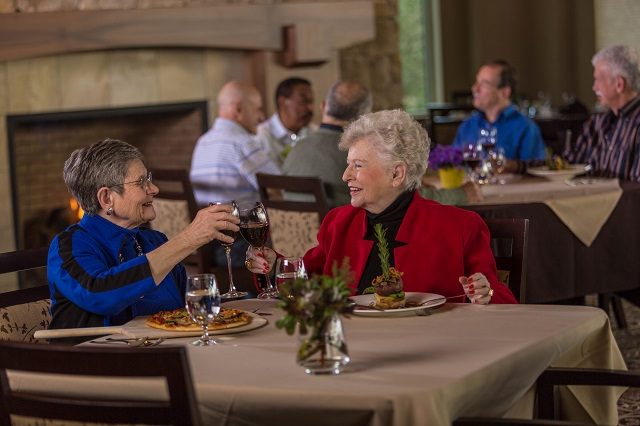Can I buy long-term care insurance, or identify an assisted living facility I might want to live in, or another long-term housing situation that I can afford?
For the first parts of this interview, see Part One, Two and Three.
Are there special needs of ageing women of color in regard to housing?
The housing concerns for women of color include health concerns. People who don’t own their own home are at greater risk of living in sub-standard homes, which has implications for health and safety, and the numbers show a disparity in home ownership. Some 69.1% of white individuals own [or have a mortgage on] their own home, compared to 50.8% of Pacific Islanders, 44.1% of African-Americans and 42.5% of Hispanics.
And then there’s still discrimination in housing. We’re working on policies, but the question of who gets loans and so on — there’s still racial discrimination in lending in this country. Crazy, but true.
What should renters and homeowner LLLs do to secure our housing futures?
If I were a renter looking to my future housing needs, I’d be living as healthy a lifestyle as possible to prolong living independently. At the same time, I’d be making myself aware of the available resources and networks, and I’d be volunteering or otherwise connecting to my neighbors.
Also, I’d be aware of how my retirement stands: what can I afford with my savings? Can I buy long-term care insurance, or identify an assisted living facility I might want to live in, or another long-term housing situation? I suggest talking to professional financial advisors, as well as family and friends. [Note: LLL will soon interview lesbian financial advisor Luna Jafee.)
For homeowners, if it’s time to do a remodel, look for Universal Design, a concept of design that allows people of all ages to live in a place: for instance, adjustable countertops that can be raised and lowered, pull-out drawers in cabinets, levered doorknobs, and barrier-free entrances. Sliding doorways are good, and so are levered handles – you don’t have to have the grip strength or mobility in your hands; you can use your elbow or even your nose to open the door. Adequate lighting is important, too, as we age. Also, there’s maintenance: how are you going to do your home maintenance as you get older and/or if you’re of low income?
The good news is, there are new safety products all the time. One is a burner that replaces an old coil burner, but it can’t catch fire. There are new communication devices, such as things that allow you to check in with your family, or that alert someone if you didn’t take your medicine. We’re starting to see telemedicine.
I recommend the Village2Village network (vtvnetwork.org) It’s an international movement with local members and more than 120 “villages” already working. Membership helps people to age in place: 75% of V2V members nationally report that they’re more likely to stay in their home because of membership.
